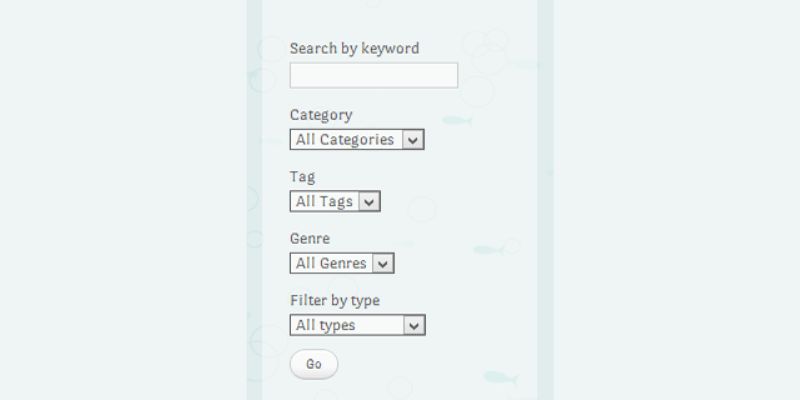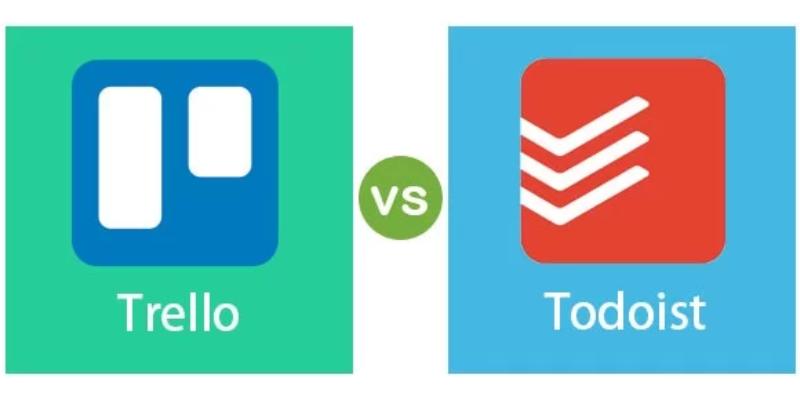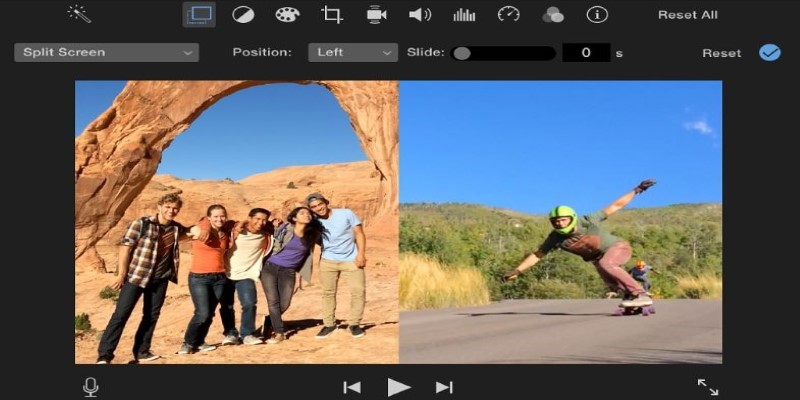How To Add An Advanced Search Box In WordPress Using Facetious: A Guide
Advertisement
A strong search box on your WordPress website can make all the difference. Visitors seek the appropriate material fast and effortlessly. However, the default WordPress search is usually not exact and very straightforward. Thus, including an advanced search box is a wise action. Users with an advanced search can sort results by tags, categories, dates, and more.
Facetious's great plugin will enable you to accomplish this without any code. It allows you to construct facets and custom filters that enhance user search of your site. This article will walk you through Facetious step-by-step, adding an advanced search box. By the end, your visitors will have a faster, smarter, more useful search experience on your website. Let's start right now.

What is Facetious?
Facetious is a powerful WordPress plugin that adds sophisticated search filters to your website. Using facets—filters to limit search results—improves the basic WordPress search. These features let your guests hone their searches using tags, custom fields, date ranges, categories, etc. Users thus have more influence over what they discover, which speeds up and ensures more accuracy in the search process. Facetious provides considerable flexibility since it easily combines WordPress's built-in search and custom search inquiries.
Beginning and experienced users can access it since it is easy to use and does not require coding knowledge. The plugin also fits very nicely with common page builders and themes, so you may quickly match the appearance of your site. To fit your demands, you can build dropdowns, checkboxes, radio buttons, and sliders, among other facets. Facetious generally helps your site's search box be smarter, more engaging, and more useful for your users.

Steps to Add an Advanced Search Box in WordPress
Below are the simple steps you need to follow to add an advanced search box in WordPress using Facetious.
Step 1: Install and Activate Facetious Plugin
First, you need to install the Facetious plugin on your WordPress site. Here's how:
- Log in to your WordPress admin dashboard.
- Go to Plugins > Add New.
- In the search box, type "Facetious."
- Find the Facetious plugin in the results.
- Click Install Now and then Activate.
After activation, a new Facetious menu will appear in your WordPress dashboard, indicating the plugin is ready.
Step 2: Create Your First Facet
After installing Facetious, the next step is to create facets. Facets are the filters users will see in your search box. Here's how to create one:
- Go to Facetious > Add New Facet.
- Enter a name for your facet. For example, "Categories Filter."
- Choose the Facet Type. You can pick from options like checkbox, dropdown, radio buttons, or slider.
- Select the Data Source. For categories, choose "Taxonomy" and then select "Categories."
- Set other options as needed, such as ordering and display style.
- Click Publish to save your facet.
You can follow the same process to create additional facets such as tags, post dates, or custom fields.
Step 3: Create a Facetious Search Form
Next, you need to create a search form that uses your facets. Facetious allows you to build this easily:
- Go to Facetious > Add New Form.
- Give your form a name, like "Advanced Search Form."
- Under the form settings, you will see a list of facets you created.
- Add the facets you want to appear in your search form by selecting them.
- Adjust the layout and style as needed.
- Click Publish.
This form will be the visitors' advanced search box on your site.
Step 4: Add the Search Box to Your WordPress Site
Now, you need to display the search box on your website. Facetious offers multiple ways to do this:
- Using a shortcode: Facetious generates a shortcode for your search form. You can place this shortcode in any post, page, or widget area.
- Using a widget: You can add the Facetious search form to your sidebar or footer using a widget.
- Using PHP code: If you can edit your theme files, you can add the form directly to your templates.
To get the shortcode:
- Go to Facetious > Forms.
- Copy the shortcode shown next to your form name. It looks like [facetious_form id="123"].
- Paste this shortcode where you want the search box to appear.
For example, add it to a page called "Search" or in a sidebar widget.
Step 5: Customize the Search Results Page
Facetious lets you customize how search results appear. For example, you can decide what content shows up when users use the advanced search box.
To customize:
- Go to your WordPress dashboard.
- Navigate to Appearance > Customize.
- Look for the Search Results or Archive settings.
- Adjust what appears on search pages, like post title, excerpt, date, and thumbnail.
- You can also edit your theme's search template for more control.
If you want the facets to appear on search results pages, ensure your theme supports it or manually add them using shortcodes or PHP.
Step 6: Test Your Advanced Search Box
After setting up everything, testing is important. It helps ensure your search box works well for visitors.
- Visit the page or widget area where you added the search box.
- Try filtering results using different facets.
- Check if the results update correctly based on your filters.
- Test on mobile and desktop devices to confirm the design looks good.
- If you find any issues, revisit the Facetious settings and adjust.
Conclusion:
Your WordPress site will be much better with a facetious advanced search box. It lets guests easily and fast locate exactly what they need. Working with numerous themes and page builders, the plugin is easy to use. Your site will be more interactive and useful if you follow the installation, create facets, build the search form, and customize results procedures. Testing ensures the perfect operation of everything. Facetious helps your search box to get smarter and more potent. This little update will improve user experience and help visitors to return to your website. Try it today!
On this page
What is Facetious? Steps to Add an Advanced Search Box in WordPress Step 1: Install and Activate Facetious Plugin Step 2: Create Your First Facet Step 3: Create a Facetious Search Form Step 4: Add the Search Box to Your WordPress Site Step 5: Customize the Search Results Page Step 6: Test Your Advanced Search Box Conclusion:Advertisement
Related Articles

How To Add An Advanced Search Box In WordPress Using Facetious: A Guide

Step-by-Step Guide to Rotating a Video File on Your Computer

Top Screen Recording Tools You Should Try Instead of Any Video Recorder

Master the Art of Recording Your League of Legends Gameplay

How to Upscale Video Resolution and Reduce Noise: 10 Effective Methods

Discover Mellum: JetBrains’ New Open-Source AI for Efficient Coding

Trello vs. Todoist: Which Should You Use in 2025 for Tasks?

5 Best Xbox Converter Apps and Devices for Mac

Top Movie Making Tools for New Creators and Experienced Editors

Mastering the Split Screen Effect in iMovie: A Beginner’s Guide

How to Capture Your Best CSGO Gameplay: A Simple Guide for Players

 novityinfo
novityinfo